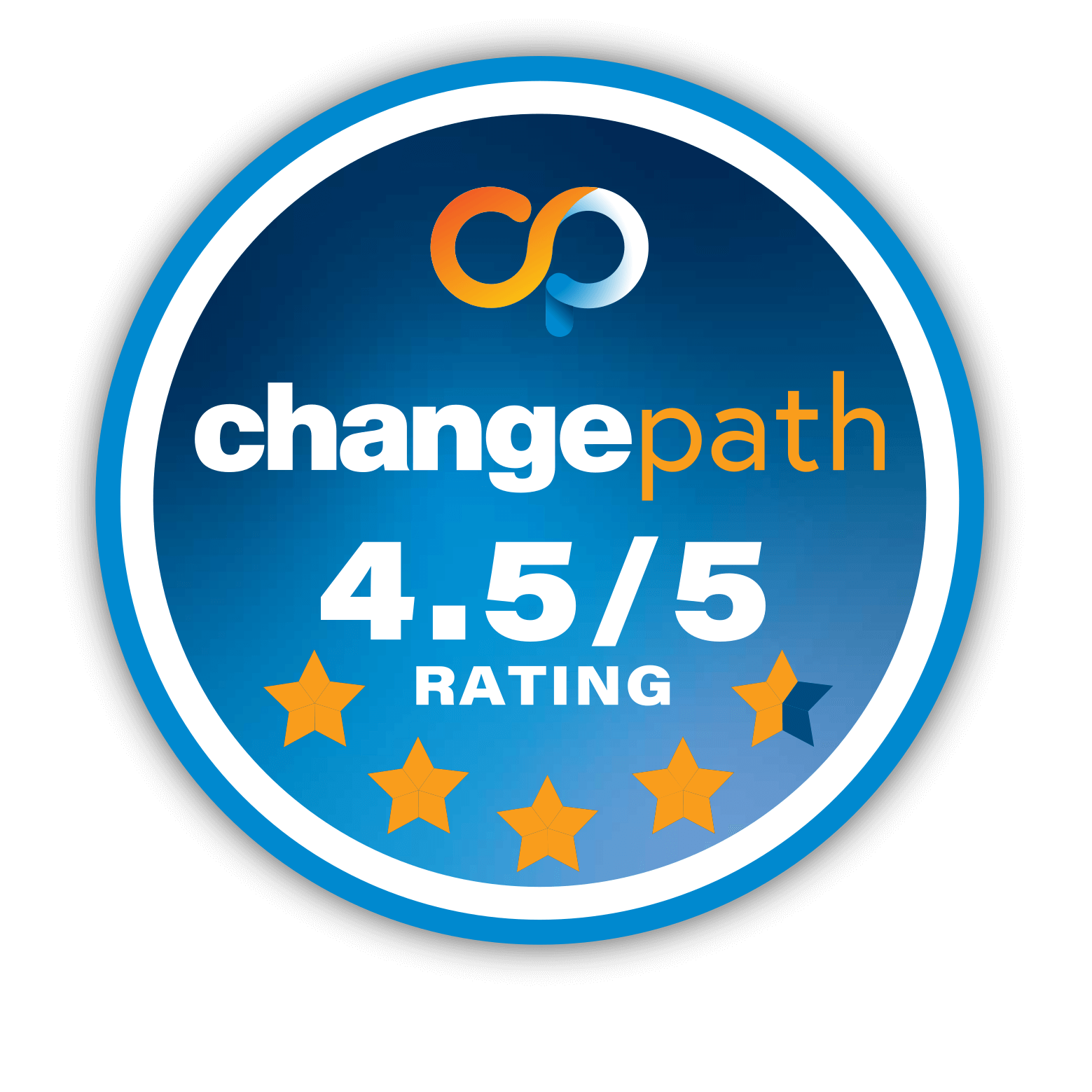About this organisation
Summary of activities
At One Girl, our purpose is to harness the power of education to drive change for girls and their communities. We strive to empower girls to utilize education as a force for positive change in their lives and communities. We work with girls and their communities to eliminate barriers to education both inside and outside the classroom. In 2024, One Girl achieved its purpose in the following ways: - Access to Quality Education: providing resources and support for adolescent girls and young women to access quality education. - Supporting girls and young women as feminist change-makers: giving adolescent girls and young women the power and resources to confidently advocate for themselves and be heard on issues that affect their lives. - Working with community members: partnering with community members to challenge social norms and barriers that hinder girls' access to education, engaging parents, community leaders, men, and boys in initiatives to address these gender norms.
Like what you see?
Outcomes
Outcomes are self-reported by charities
Programs and activities
Name: Girls in Schools (Girls Scholarships)
URL: https://www.onegirl.org.au/our-work
Classification: Equal opportunity in education (Education > Equal opportunity in education)
Beneficiaries:- Females
- Youth - 15 to under 25
Finances
What is this?
This graph shows how much revenue (money in) and expenses (money out) the charity has had each year over the last few years. Charities have many sources of revenue, such as donations, government grants, and services they sell to the public. Similarly, expenses are everything that allows the charity to run, from paying staff to rent.
What should I be looking for?
First off, this graph gives a general indication of how big the charity is - charities range in size from tiny (budgets of less than $100,000) to enormous (budgets more than $100 million). You're also looking for variability - if the charity's revenue and expenses are jumping up and down from year to year, make sure there's a good reason for it.
Unlike companies, charities and not-for-profits aren't on a mission to make money. However, if they spend more than they receive, eventually they will go into too much debt and run into trouble. As a very general rule, you want revenue to be slightly above expenses. If expenses is reliably above revenue, the charity is losing money. If revenue is much larger than expenses, it means the charity might not be using its resources effectively. It isn't always that simple, however, and there's a lot of reasons a charity might not follow this pattern. They might be saving up for a big purchase or campaign, or they might have made a big one-off payment. If you're worried, always look at the annual and financial reports to understand why the charity is making the decisions it is.
What is this?
If a charity receives more money than it spends, that's a surplus (in business, it would be called profit). If it spends more than it receives, that's a deficit. This chart shows surpluses and deficits for the charity over the last few years.
What should I be looking for?
Unlike companies, charities and not-for-profits aren't on a mission to make money. However, if they spend more than they receive, eventually they will go into too much debt and run into trouble. As a very general rule, you want a charity to make a small surplus on average. A deficit means that charity lost money that year, which may indicate poor financial management or just a series of bad circumstances. If the charity always has a huge surplus, it means the charity might not be using its resources effectively. It isn't always that simple, however, and there's a lot of reasons a charity might not follow this pattern. They might be saving up for a big purchase or campaign, or they might have made a big one-off payment. If you're worried, always look at the annual and financial reports to understand why the charity is making the decisions it is.
What is this?
This chart compares the amount the charity receives from various sources, including donations (i.e. money given by the general public or philanthropy), goods and services, government grants, and other sources.
What should I be looking for?
Donations are an important source of revenue for some charities. Others rely more heavily on government funding, or on revenue from other sources. This is an indication of how much they need donors to accomplish their mission. Note that there is no 'good' or 'bad' amount of donations for a charity to have. It might be interesting to look at values over time - are they going up or down? A charity that gets less donations every year may be in trouble.
What is this?
Assets are things that the charity owns that are worth something. This could be anything from a car to investments. Similarly, liabilities are debts or obligations that the charity owes to someone else, like a loan or an agreement to pay for something.
What should I be looking for?
Firstly, in general a charity should have more assets than liabilities. If it doesn't, it implies that the charity might not be able to pay its debts, and you should look very closely at the charity's annual and financial reports to make sure they are taking steps to remedy this. Current assets should generally be above current liabilities - that means the charity can easily pay off the debts that are coming due soon. Beyond that, look for a large stockpile of assets. While a charity should have enough assets to keep it afloat in hard times (a 'buffer') if that stockpile gets too large the charity could be using that money more effectively. As always, if you have concerns check the annual and financial reports.
Transparency
Scoring detail
Details
